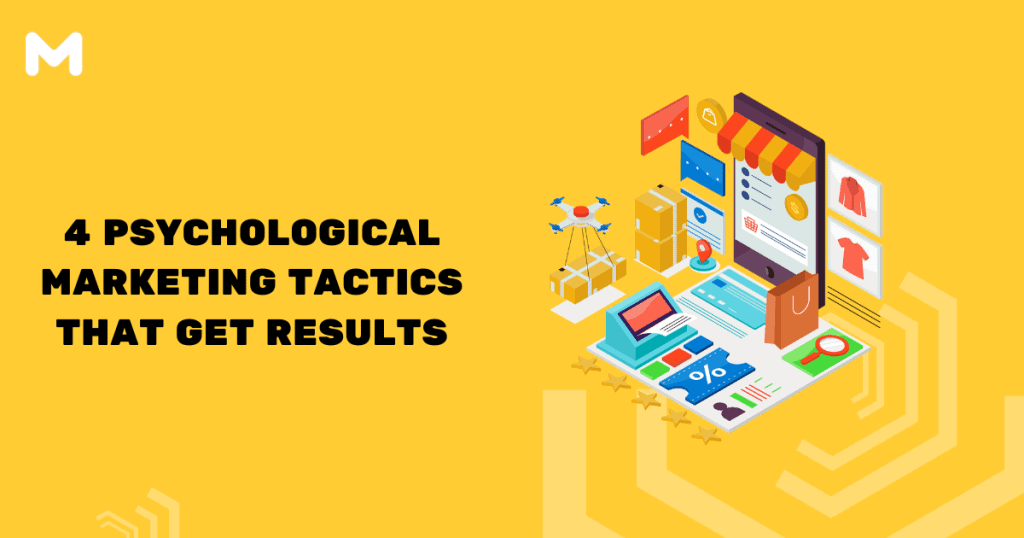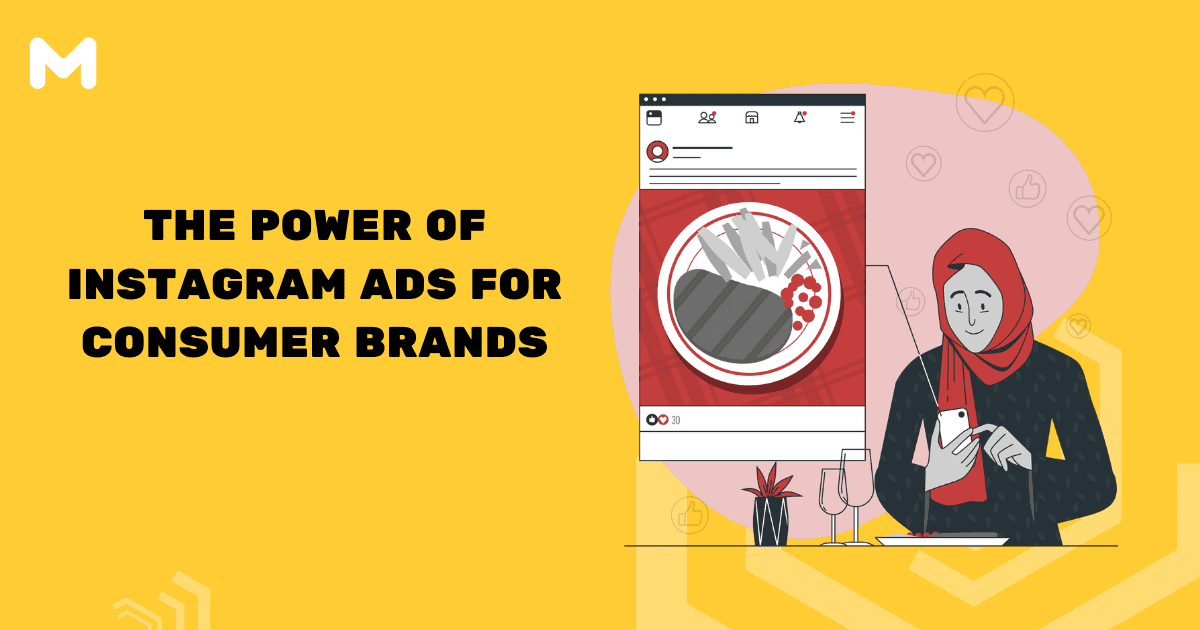Whether you’re selling a product or a service, the end goal with your marketing strategy is the same: to get leads and turn them into paying customers. With that said, there are plenty of different digital marketing strategies you can employ, some of which work better than others. However, navigating the wide range of options can often lead to common digital marketing problems, such as struggling to identify the right audience or optimizing campaigns for maximum ROI. It’s crucial to analyze your efforts and adapt your strategies to address these challenges effectively. By doing so, you can ensure your marketing tactics align with your business goals and drive meaningful results.
If you’re looking for the best marketing strategies to get more leads and paying customers, here’s a list of the top 4 marketing tactics that are sure to generate results.
1. Know your customer
Knowing your customer is the primary psychological foundation all other marketing tactics are derived from. When you know your customer, you know how to reach them with words and visuals. When you don’t know your customer, your marketing efforts can fall flat.
What does it mean to know your customer?
To know your customer means knowing what they want, why they would want or need your product, the problems they’re hoping to solve, and also their demographics.
For example, if you’re selling packaged lunches for kids, your customer is both the parent and the child. To sell your packaged lunches, your product needs to appeal to all of your market’s needs. In this case, kids want a tasty lunch and parents want an affordable, nutritional meal for their kids. You can get parents to buy your lunches, but if their children won’t eat them, you won’t get repeat sales.
In addition to meeting your market’s needs, you’ll also want to know their demographics because that will help you reach more buyers. Usually, mothers make the purchase decisions, so your target demographic will likely be females between the ages of 25-45 who have young children in the household. You’ll also want to know where your target customers hang out online.
Are they on one social media platform more than others? Wherever they go, you’ll want to know so you can run pay-per-click (PPC) ads on those platforms. If they don’t hang out on social media, you can always run PPC ads on Google to capture traffic from searches. Knowing your customer means knowing where to find them and how to reach them to inspire them into action to become a paying customer.
2. Know the different stages in the buyer’s journey
Although your target market will share similar wants, needs, and pain points, they’re not all going to be in the same stage in the buyer’s journey. This means you’ll need a strong marketing strategy to reach your target market by appealing to them differently, according to the different stages.
There are five main stages in the buying journey taken by customers:
- The customer recognizes they have a need
- The customer searches for information
- The customer tests out all of their options
- The customer decides to buy
- The customer evaluates their purchase
Your potential customers will be in one of these five stages, and that means you’ll need to reach them in different ways. For example, the way you’d reach someone in stage 2 – where they’re searching for information – will be different than how you’d reach someone who is ready to buy.
For instance, someone ready to buy can be easily swayed by directly asking for the sale. However, someone still searching for information needs to be gently persuaded by providing them with more information. Each of these stages requires a different marketing approach, and that is a specialized strategy best performed by a marketing agency with experience in your industry.
3. Use PPC ads to induce impulse purchases
You can use PPC ads to generate impulse sales, but you’ll need some finesse and strategy. Accomplishing this requires your sale item to have a relatively low price point, since most people aren’t likely to buy something expensive on impulse.
According to marketing data gathered by Maryville.edu, 84% of people have made an impulse purchase, but only 54% spent $100 or more. A mere 20% say they’ve spent at least $1,000 on an impulse purchase.
The takeaway here is that when your price point is under $100, you’re more likely to generate impulse sales. With that said, you’ll also need a few more things than an item priced under $100.
Generating impulse sales from PPC ads also requires highly persuasive copy on your landing pages. Your copy will need to create a sense of urgency for visitors and will need to be highly convincing in a short amount of time. This is a job for a professional copywriter, and you can get access to copywriting services through a professional marketing agency.
4. Use powerful imagery
Visuals will make a massive impact on your leads and strong, powerful visuals can help you generate more conversions. There’s a reason social media posts with images are shared more frequently than plain text – images capture and hold attention, which increases engagement. Since humans are predominantly visual, this makes sense.
To capture attention from your leads, create visually engaging designs for your website, your graphic images, banners, logos, and other page elements. They don’t need to be overly fancy, but they do need to be noticeable and engaging.


